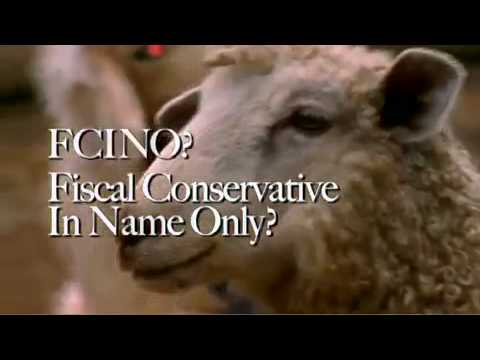The end of the viral campaign video?

Is having to click on a YouTube video just too much of an ask for voters? BuzzFeed’s Viral Politics Editor Benny Johnson thinks it just may be.
Speaking on a panel at C&E’s CampaignTech conference on Thursday, Johnson said the viral campaign video is “on its way out.”
“It requires a click,” Johnson said. “And do I really have 15 seconds to devote to watching this ad [before the video]?”
Johnson spoke alongside Slate’s Dave Weigel, TIME’s Zeke Miller, Amelia Chasse of Hynes Communications and Naked DC Editor Emily Zanotti on a panel entitled “Infecting the System: Viral Outsiders can Create Change and Influence Public Opinion.”
So if videos like Fred Davis’ infamous Demon Sheep won’t garner the same type of attention next cycle, what campaign content will go viral? Johnson thinks it’s the campaign meme.
“A meme can totally define your opponent or your candidate,” he said. And they tend to be funny or uplifting, which works because “people don’t like sharing mean, venomous things.”
With memes, there’s room to poke fun at the perception of a candidate. Or to just prove that the campaign doesn’t always take itself so seriously—something Zanotti said Republicans struggled with mightily this past cycle.
“There is a really wonderful commentary at the intersection of politics and pop culture,” Johnson said. “Memes really expand on that and give you a wonderful medium to just go with it.”
Think members of Congress who look like muppets.
The same applies on Twitter, said Weigel. “There isn’t a long set up and a punch line,” he said. “Sarcasm and snark are the coins of the realm in this regard.”
And while the power of the Internet meme could make a solid addition to your digital arsenal and more creatively move your message online, the campaign video probably won’t disappear anytime soon. In 2012, the Obama campaign had 300 million online video views.
